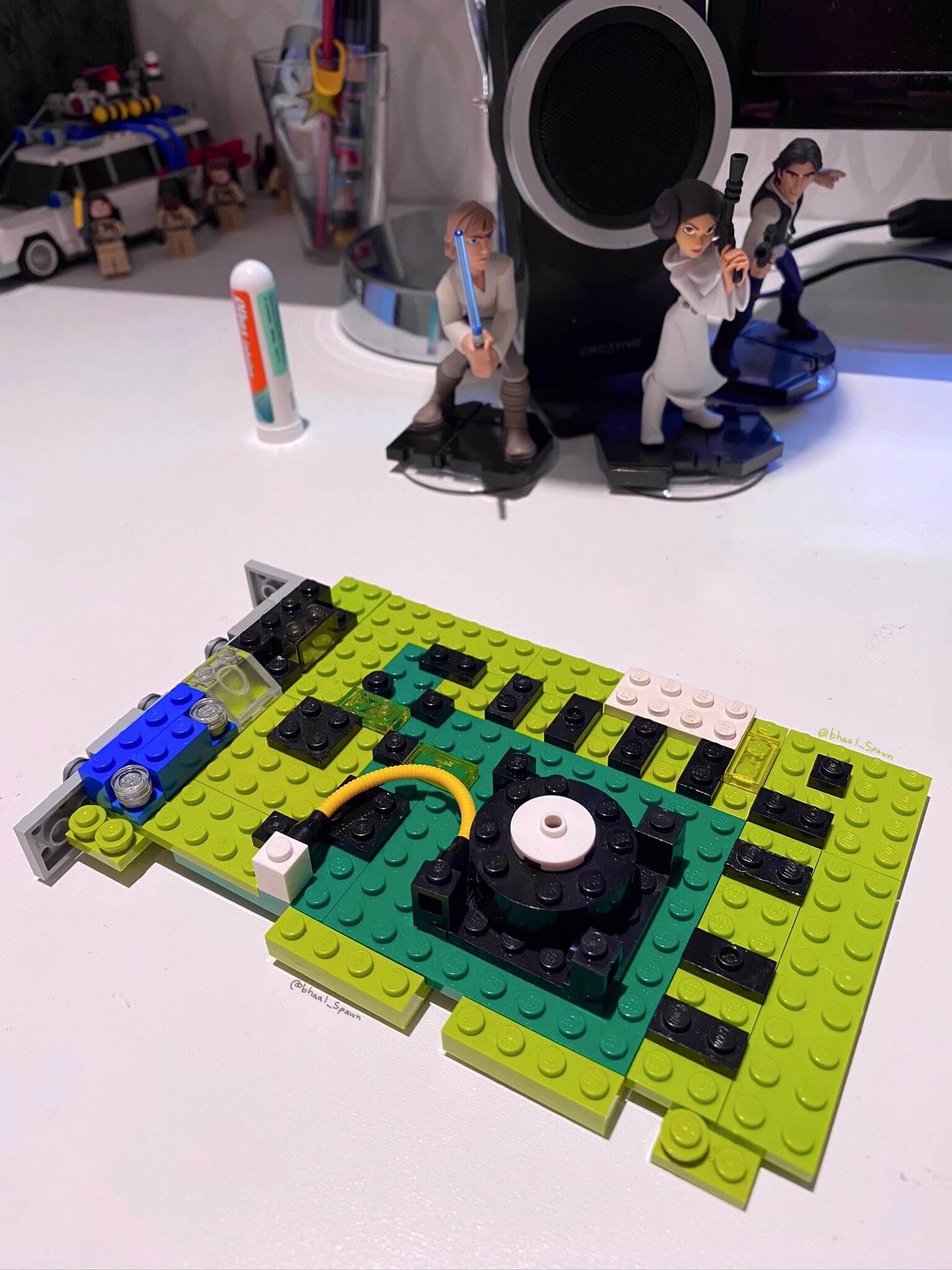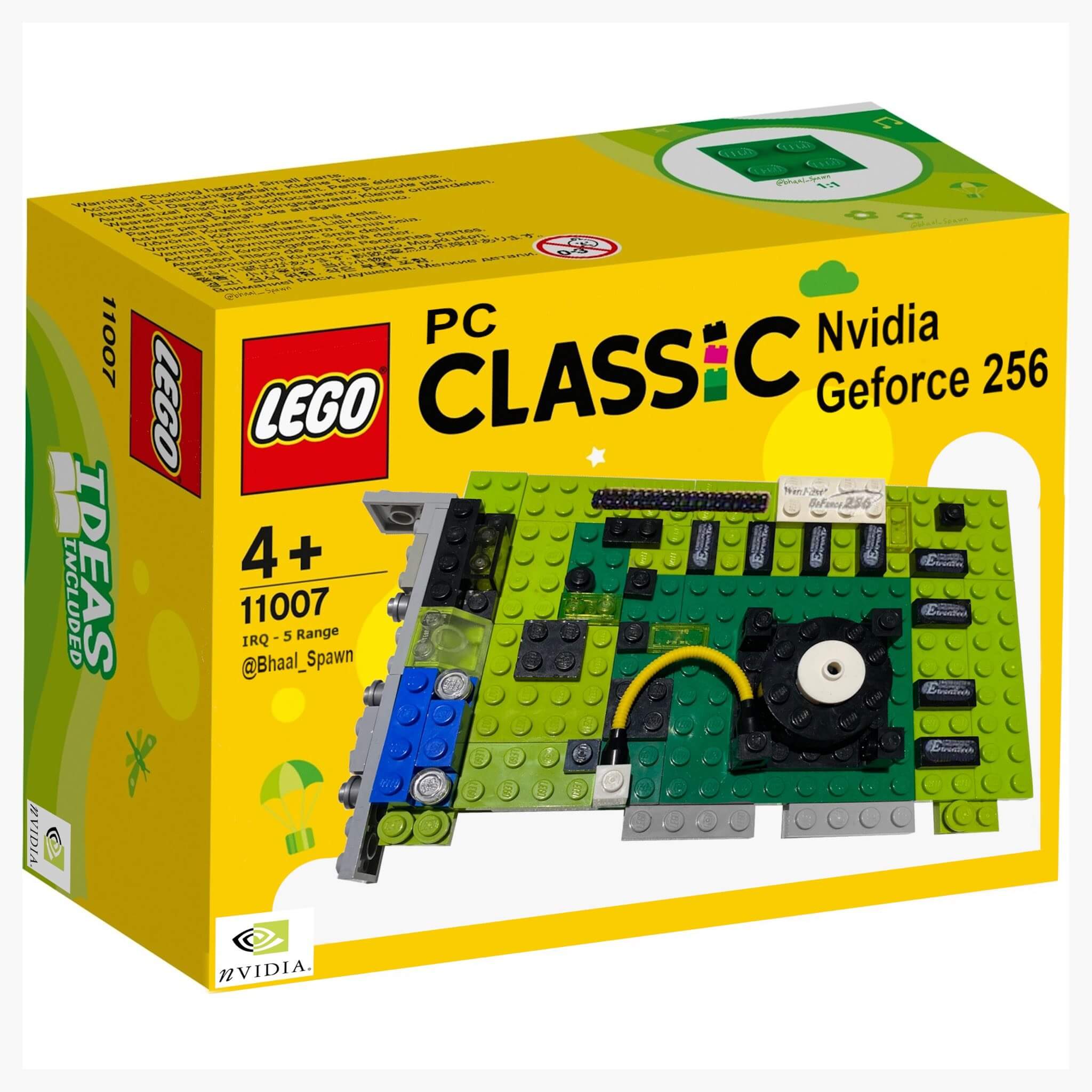In a nutshell: If, like me, you consider yourself a veteran of PC gaming (i.e., old) and have been tinkering with computers since the 90s, you'll probably have fond memories of the GeForce 256, the graphics card that Nvidia called the "world's first GPU." Now, it's been recreated in Lego form.
Released on October 11, 1999, the card was the first to carry Nvidia's 'GeForce' brand name. But its biggest claim to fame is being the world's first GPU---3D game accelerators existed before its release, but the term GPU, or graphics processing unit, did not. Nvidia defined the term as "a single-chip processor with integrated transform, lighting, triangle setup/clipping, and rendering engines that is capable of processing a minimum of 10 million polygons per second."
The 'world's first GPU', the Nvidia GeForce 256 (1999) is now available* in LEGO!
--- ☀️ idspispopd ? (@Bhaal_Spawn) June 16, 2020
3D graphics have never been so blocky - in a good way.
(*? - I may have too much time on my hands)#retrogaming #pcgaming pic.twitter.com/V4aTRpGdeL
The project comes from Twitter user @Bhaal_Spawn, who's also behind several other Lego creations inspired by classic pieces of PC hardware. We saw her 3Dfx Voodoo 3D accelerator card back in March, which has been submitted to Lego's Ideas website, in which fan creations are turned into actual new Lego products. It's currently 2,321 votes toward the 10,000 target, and there are still 517 days left to vote.

Bhaal_Spawn, who describes herself as "the weirdo who brought you the LEGO Sound Blaster," has also made a Lego Gravis Ultrasound. "I can't remember why I started making them. It felt like a fun idea at the time! I like drawing and making things, and PC gaming has always been an inspiration since I first played Sim City in 1990," she told PC Gamer.
--- ☀️ idspispopd ? (@Bhaal_Spawn) June 16, 2020
The GeForce 256 was built on the 220nm manufacturing process, whereas modern GPUs range from 14nm to 7nm. It also boasted 50 gigaflops of floating point calculations, whereas the RTX 2080 Ti has 14.2 teraflops. Technology has come a long way in the last 20 years.
As for her next project, Bhaal_Spawn said: "People keep asking me to make a motherboard to put them on. So we shall see!"
